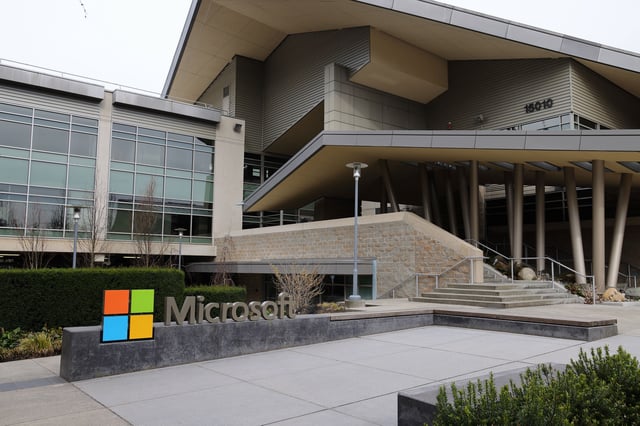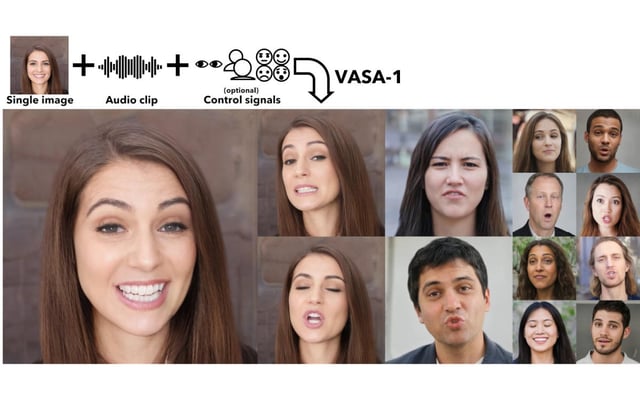Overview
- Microsoft's AI model VASA-1 can generate lifelike videos from still images and audio clips, featuring natural lip syncing and head movements.
- The technology demonstrated includes animations of famous artworks and could be used for educational or accessibility purposes.
- Concerns over potential misuse, including deepfake creation, have led Microsoft to delay public release of VASA-1.
- Experts worry that AI-generated videos could be used for misinformation, prompting regulatory discussions globally.
- Despite potential risks, the technology is seen as a breakthrough in digital communication and virtual interaction.


